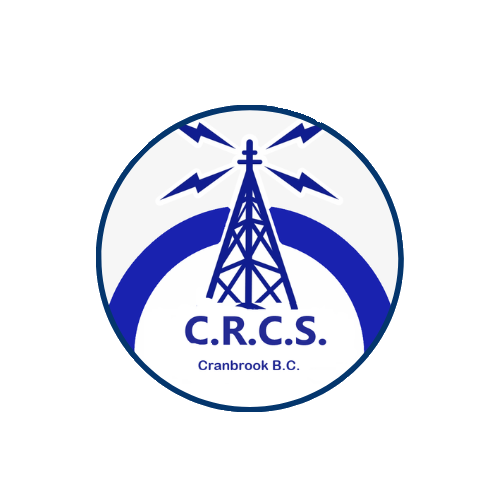Ham radio, traditionally known for its analog signals and Morse code, is now embracing the digital age. Advances in technology have transformed how amateur radio enthusiasts communicate with each other worldwide. This blog post explores how new technologies are being integrated into ham radio practices, enhancing both the capability and the reach of this enduring hobby.
The Evolution of Ham Radio Technology
Ham radio has a storied history, with operators traditionally using voice, Morse code, and simple digital modes to communicate. However, the advent of more sophisticated digital technologies has ushered in a new era for amateur radio:
-
Software-Defined Radios (SDRs): SDRs represent a significant shift in radio technology. Unlike traditional radios, SDRs are not limited by the hardware. Instead, much of the processing is handled by software, allowing for greater flexibility and the ability to decode multiple signals simultaneously.
-
Digital Modes: Modern digital modes like FT8, JT65, and WSPR have become popular among ham radio operators for their ability to communicate effectively under poor propagation conditions. These modes use sophisticated algorithms to decode signals that are near the noise level.
Integrating the Internet and Ham Radio
One of the most significant changes in ham radio is the integration of the internet into traditional practices:
-
Remote Operation: Internet-linked remote stations allow operators to control ham radios from any location. This capability has made ham radio more accessible, enabling operators to bypass restrictions due to antenna limitations, space, or noise conditions at home.
-
Digital Voice Modes: Technologies like D-STAR, DMR, and System Fusion merge traditional RF (radio frequency) capabilities with the internet, enhancing voice quality and connectivity. These modes allow seamless communication from a radio to the internet, linking local repeater stations to a global network.
-
EchoLink and IRLP: Both EchoLink and the Internet Radio Linking Project (IRLP) use the internet to connect radios and repeaters worldwide, vastly extending the reach of ham operators beyond traditional shortwave frequencies.
Improving Accessibility and Functionality
Digital technologies have not only expanded the reach of ham radio but also its accessibility:
-
Apps and Software: Numerous applications and software tools are available that enhance the ham radio experience. These tools can help with logging contacts, digital communications, and even antenna design.
-
Portable and Mobile Operations: Modern digital equipment has also become more portable, allowing ham operators to easily move their setup. Portable digital devices enable operators to take part in ham radio activities from virtually anywhere, be it during field days, mountain topping, or expeditions.
Education and Training
With the shift towards more complex technologies, education and training have become essential components of the ham radio experience:
-
Online Courses and Webinars: Many clubs and organizations offer online training sessions to help both new and seasoned operators understand the latest technologies in amateur radio.
-
Simulations and Virtual Learning: Advanced software not only helps in operation but also in learning. Simulations can teach signal propagation, electronics, and other vital aspects of ham radio without the need for physical equipment.
Challenges and Considerations
While digital technologies offer numerous benefits, they also come with challenges:
-
Cost: Although some digital equipment and modes can be cost-prohibitive, the ham radio community often shares resources to help mitigate these expenses.
-
Complexity: The learning curve for mastering digital modes and software-defined radios can be steep. Community support and mentoring are crucial for helping newcomers navigate these complexities.
-
Regulatory Changes: As the technology evolves, so too do the regulations governing its use. Staying informed about FCC rules and other regulatory changes is vital for every ham operator.
The integration of new technologies has revitalized ham radio, making it more relevant than ever in the digital age. By embracing these advances, the amateur radio community continues to innovate and grow, ensuring that this traditional form of communication not only survives but thrives. Whether you are a seasoned operator or a newcomer, the digital age of ham radio offers a compelling blend of the old and the new, all while fostering a global community of diverse and passionate communicators.




